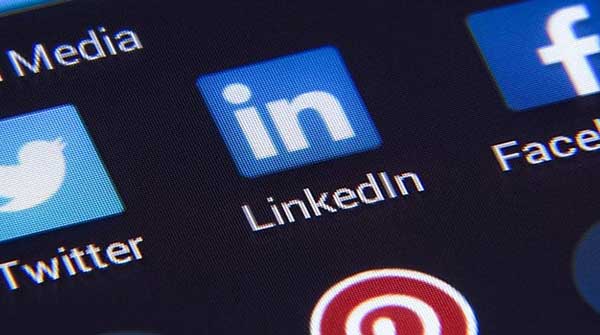
It’s hard for some of us to remember a time when we didn’t have a ‘pocket computer’ with us everywhere we go. A simple search or click can help you navigate throughout your day.
These pocket computers, otherwise known as smartphones, have changed the landscape of how business owners can advertise. The latest app can give you connections that otherwise would never have happened.
The question always is: What platform should you be active on, and where are your prospective clients hanging out?
As an online marketer, I answer these questions for my clients all the time with a few key metrics.
I always explore the big four. I answer four questions about the four big platforms that have been around since the start of this online craze, circa 2000.
Let’s begin this four-part series and explore a business networking platform called Linkedin.
How long has Linkedin been around?
Linkedin was founded in December 2002 and launched in May 2003.
How many users are on Linkedin, and how many are active?
Linkedin says it now has over 610 million users and 303 million active monthly users.
What’s the learning curve with Linkedin?
Linkedin is a relatively simple platform to navigate.
Like most social platforms, there’s a place for you to share your information like a headline, an about section, current work history, previous work history, etc., and all of this creates your profile.
Your profile is what other Linkedin users will see when they search your name and headline (e.g., sales manager, online marketer, etc.).
Who hangs out on this platform?
Linkedin is all business all the time. You must be 16 years of age to have a Linkedin account, and there are no pictures of yesterday’s supper on the feed.
Linkedin is a place to post business-related blogs and articles, industry trends and standards, and anything else related to business.
There’s a premium-paid feature which, according to Linkedin, 39 per cent of all users use. This gives you more statistics about the people visiting your profile and allows you to send more mail within the application. There are a few other perks, but these are the main reasons I would pay for the premium option.
Let’s be clear, you can do a lot with a free Linkedin account, and I go back and forth from paid to free. The price changes, a lot. So if you get on a plan for under $30 a month, keep it. When I wrote this, the premium feature was $49.99 a month, paid annually. The price fluctuates, so keep an eye on it. And take full advantage of the free premium month to see how often you’re even using the premium options.
Forty per cent of active LinkedIn users visit the platform daily. So whatever industry you’re in and whatever you’re selling, there’s a good chance you’ll find someone on Linkedin who values what you offer.
Real-time example: I was just messaged on Linkedin to be a speaker at a Virtual Summit. That’s how search, combined with a good-looking profile and some minor activity, can create opportunity. It’s an opportunity I would never have had the chance to be a part of if I hadn’t been online (and somewhat active) because I can only meet so many people in person. The online platform increases my reach to an audience.
This gives you a snapshot of what Linkedin is and who’s hanging out on this platform.
If you’re considering using Linkedin, ask yourself:
- Is my client or customer on Linkedin?
- Can I share relevant content on Linkedin?
That should bring some clarity when deciding where to hang your online hat.
Next time, we’ll explore another one of the big four, a fast-paced platform called Twitter.
Donita Fowler is an online marketer who supports entrepreneurs in their quest to be the boss of their online platforms.
For interview requests, click here.
The opinions expressed by our columnists and contributors are theirs alone and do not inherently or expressly reflect the views of our publication.
© Troy Media
Troy Media is an editorial content provider to media outlets and its own hosted community news outlets across Canada.

